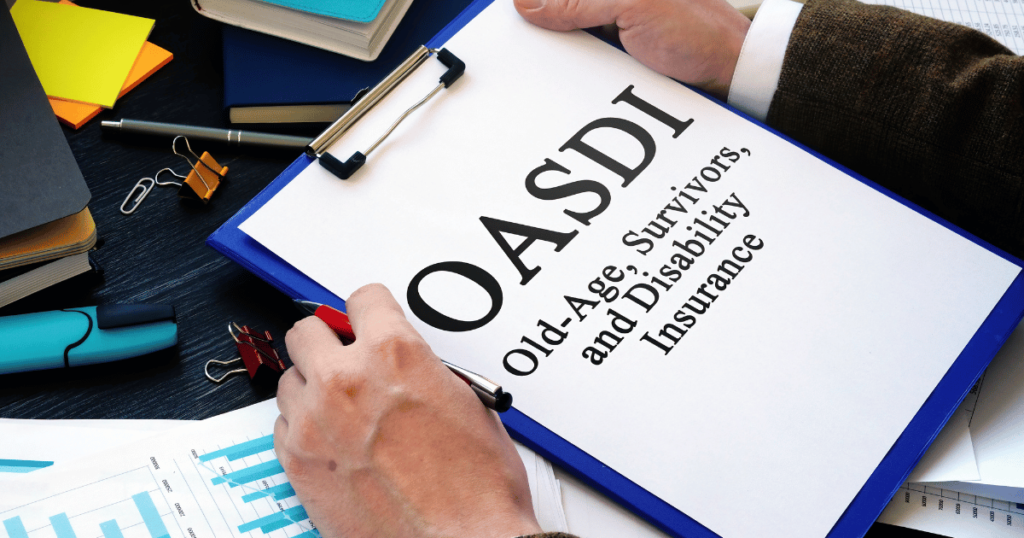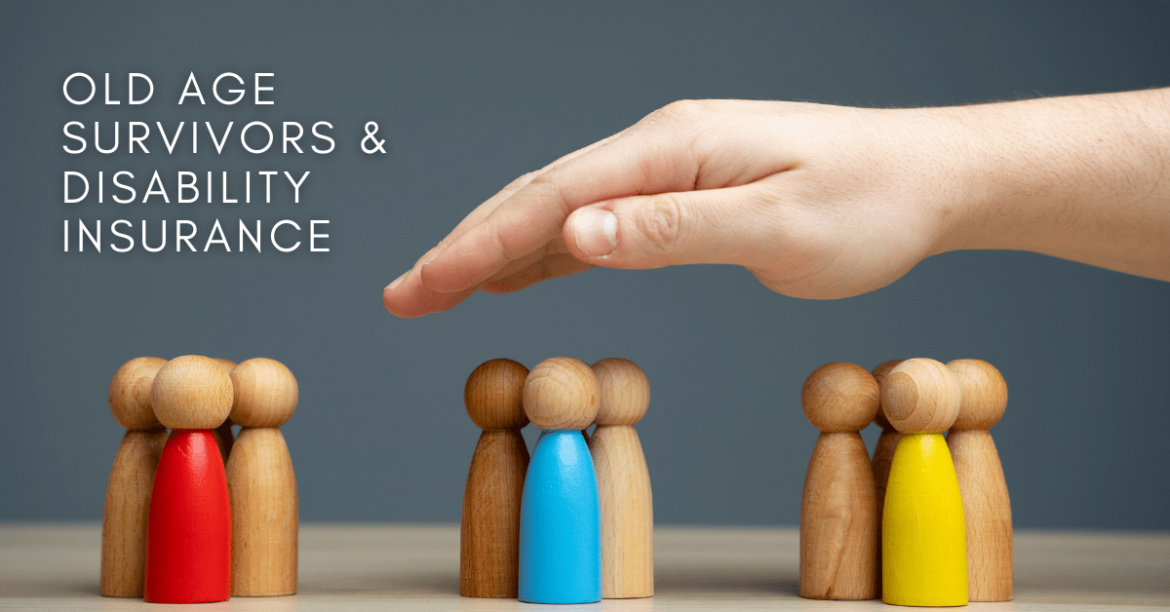For those who are unaware, Social Security is a common term for what is essentially known as Old Age and Survivor’s Disability Insurance Program (OASDI). The U.S. government provides OASDI to eligible seniors and their survivors.
This Social Security program offers older adults and retirees medical coverage and financial support. To better understand how the OASDI program works, this article will offer a more comprehensive overview of what you need to know about how it works.
Need to know: Old Age, Survivors, And Disability Insurance?
Seniors who take advantage of retirement communities for independent living or memory care services are applicable for OASDI. In fact, it is also suitable for seniors in nursing homes and taking home care services from reputable care providers.
OASDI is critical for seniors as it provides financial support during retirement and helps surviving family members in case of a beneficiary’s death. The program also offers disability benefits for individuals who are unable to work due to a qualifying condition. It helps ensure economic stability and provides a form of safety net for seniors and their families during various life circumstances, including unforeseen disasters.
Now that we know its primary purpose let us look at how this works!
What are old age and survivor’s health insurance?
OASDI is also often known as ‘old age and survivors’ health insurance, though it is not a very common term that is widely known. If a disaster or unforeseen event strikes, it is a form of insurance for seniors. There are five crucial parts older adults need to understand about OASDI and how this program works.
How does it work?
1. Eligibility to earn credits
To be eligible for OASDI, seniors or retirees must earn credits by working and paying Social Security taxes. These credits are based on the income earned throughout an individual’s working life. Generally, individuals can earn a maximum of four credits per year.
2. Collecting credits
The amount of credits needed to qualify for Old Age Survivor and Disability Insurance benefits depends on the individual’s age. Individuals need a total of 40 credits, which is equivalent to 10 years of work, to become eligible for retirement benefits. For survivors’ help, the number of credits required may differ based on the deceased individual’s age.
3. Retirement benefits
Once the seniors or retirees reach the eligibility age for retirement benefits (which varies based on birth year), they can choose to receive Social Security benefits. The retirement benefits received are based on the individual’s average earnings over the number of working years. The higher the payments, the higher the retirement benefit amount.
4. Survivor’s benefits
In the untimely event of a deceased wage earner, survivors, such as spouses, children, and other dependents, may be eligible for survivor’s benefits. The amount of a survivor’s usefulness depends on the deceased individual’s earnings history and the relationship with the survivor. Survivors will receive a percentage of the deceased individual’s retirement benefit, or disability benefit if it is applicable.
5. Disability benefits
The federal Old Age Survivors and Disability Insurance also provide disability benefits to individuals who are unable to work due to severe disability expected to last for at a year or result in death. The amount of disability benefits depends on the individual’s earnings history. After a waiting period, retirees may begin receiving disability benefits to help cover living expenses and medical costs.

List of other medical plans for seniors
OASDI is an excellent program to reap the benefits of a financial security net into the golden years. But older adults should look into other medical plans that are or can be equally beneficial.
Medicare
Medicare is a well-known federal health insurance program chiefly for older individuals aged 65 and older. It consists of different parts that cover hospital stays (Part A), medical services and doctor visits (Part B), prescription drugs (Part D), and optional supplementary coverage (Part C or Medicare Advantage plans). Medicare provides comprehensive healthcare coverage for seniors, but additional plans may be needed to cover specific gaps. There are other advantages too that you can read about here.
Medicaid
Medicaid is another well-known, joint federal and state program that offers healthcare coverage to low-income individuals, including seniors. Eligibility criteria vary by state, but Medicaid offers various medical services, including long-term care coverage.
Medicare supplement insurance
Also known as Medigap, these private insurance plans are intended to fill the gaps in Medicare coverage. Medigap policies help pay for expenses such as deductibles, co-payments, and co-insurance that traditional Medicare plans do not cover.
Medicare Advantage Plans
Medicare Advantage Plan is a more comprehensive, private insurance plan approved by Medicare. They combine hospital (Part A) and medical (Part B) coverage along with extra benefits such as prescription drugs, dental, vision, and hearing coverage. Medicare Advantage plans often have networks of doctors and hospitals, offering multiple options for seniors.
Long-term care insurance
Long-term care insurance covers lengthy care services not typically covered by Medicare or other health insurance plans. It helps cover expenses related to in-home care, assisted living, nursing homes, and other long-term care services.
Read the articles below to understand financial safety nets better to help alongside OASDI programs.
Final thoughts
By comprehensively understanding the step-by-step process of earning credits, accumulating credits, and accessing retirement benefits, survivor’s benefits, and disability benefits, seniors and their families can navigate the OASDI program effectively.
Additionally, they have other programs like Medicare and long-term insurance plans to look into. OASDI ensures healthcare coverage for seniors, promoting their well-being and financial security well in their golden years
FAQs
How does one qualify as a fully insured individual?
Individuals or older adults must earn enough credits by paying Social Security taxes to be fully insured. For example, 40 credits, equivalent to 10 years of work, are required to qualify as a fully insured individual.
What is the difference between RSDI and SSDI?
RSDI stands for Retirement, Survivors, and Disability Insurance, incorporating the broader Social Security program. At the same time, SSDI refers specifically to Social Security Disability Insurance, which benefits individuals with disabilities who meet the eligibility criteria.
Can you collect SSDI and SSI at the same time?
Individuals may sometimes be eligible to receive both Social Security Disability Insurance (SSDI) and Supplemental Security Income (SSI) benefits simultaneously. However, income and other factors will factor in when it comes to the total benefits received.
What does RSDI stand for?
RSDI stands for Retirement, Survivors, and Disability Insurance. The broad term describes the Social Security program that benefits retirees, survivors, and individuals with disabilities.
What is an SSA?
SSA stands for Social Security Administration. The U.S. government agency manages retirement, disability, and survivor benefits, as well as Social Security numbers for individuals. It ensures financial support and economic security for eligible entities and families.

